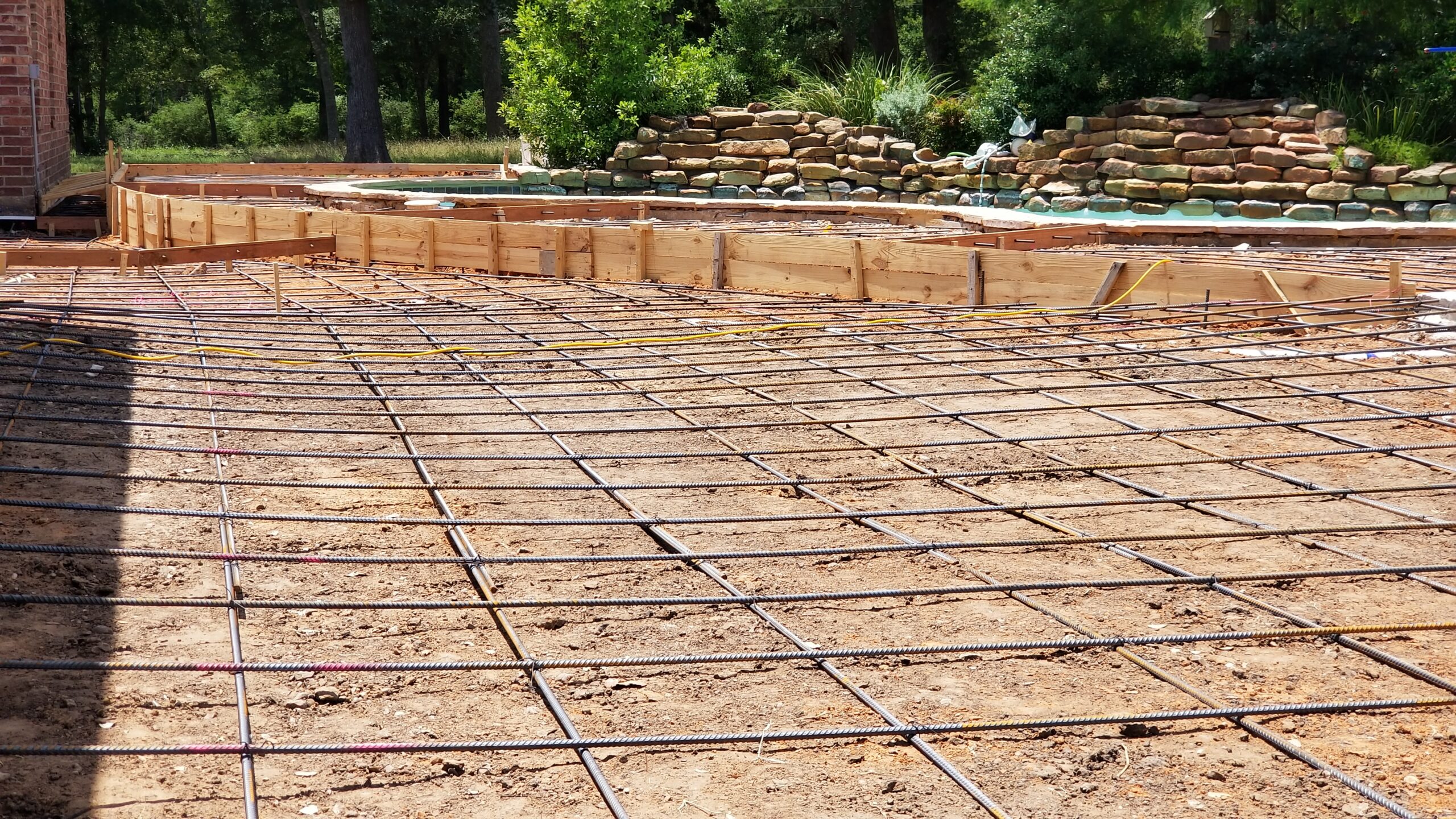Sports courts are popular additions to many spaces and can be a great way to add value to a home, provide an exercise space for a school or park, or be a good way to relieve stress for a business. Their versatility is one of the many great benefits a sports court can provide for anyone and everyone.
The term “sports court” encompasses just about any athletic court there is, ranging from basketball courts to pickleball courts to tennis courts. “Sports court” is the more common term in construction since it can cover ever athletic court there is.
These various athletic courts are wonderful ways to bring people together over a shared game, build strength and endurance as well as coordination skills, and relieve stress and boost fun. There are so many benefits to having your own sport court at your home, business, or learning institution, but there are always things that must be taken into consideration before a court can actually be constructed.
Is there enough space for the sports court?
Space is easily one of the most important factors when determining if you can even have a sports court. The typical size range for a residential basketball court is anywhere from 2,400 to 5,600 sq. ft. That’s a pretty big space, and while schools, colleges, parks, and other commercial businesses might have that kind of space, it might be harder to fit that outside a home.
Half courts are also an option for those with less space, though. They’re going to be closer to 1,200 to 2,400 sq. ft. allowing them to fit easier into a smaller space. These can be painted to look like full courts on a smaller level, or simply just like half courts.
Is the court site land flat and sturdy?
Finding the right spot for the court is incredibly important if it’s not going to be enclosed by a building. The land underneath the court should be as flat as possible to ensure stability, as well as make it easy for those using it to play a game without the slope affecting them. It should also be in an area where water won’t pool and stagnate, since that can damage the court over time. It won’t necessarily need to be at the top of a hill, but it shouldn’t be lower than the surrounding land at least.
The soil at the construction site should also be properly analyzed to ensure it can support the court’s weight and there are no underlying issues that could affect stability. There are organic processes that happen underground that we don’t normally see that can cause sinkage and dipping over time, so it’s vital to check that before construction begins.
How will the court be oriented?
It might not be something that’s on your mind before use but building the court on a north-south orientation will allow anyone using the court to benefit most from the sun’s angle. If this can’t be managed due to spacing issues, it’s okay, but you will have to keep in mind that the sun might be in your eyes when you play.
These are just some of the bigger factors that affect sports court construction, but there are tinier details that will also be important in the planning and construction processes. If you’re interested in learning more and having a court of your own constructed, College Station Covered Porch and Outdoor Kitchens is the contractor for you! We build all kinds of sports courts in residential and commercial areas, bringing fun and exercise right to you! We’re located in the Bryan-College Station area, but regularly work in nearby towns like Franklin, Brenham, Snook, Navasota, and Madisonville.
Call us or fill out the form on our contact page for a FREE estimate on your sports court today!


Comments are closed